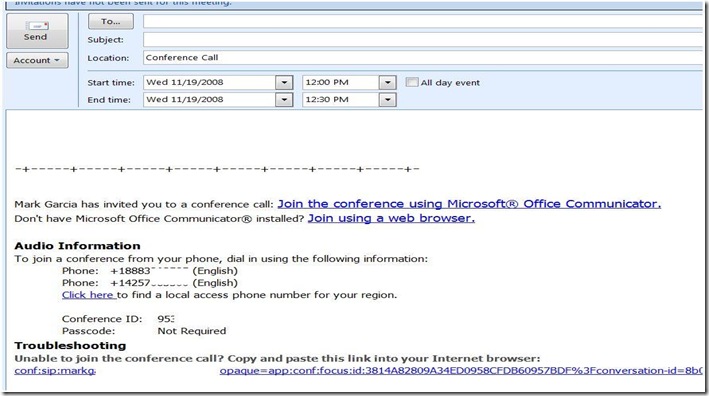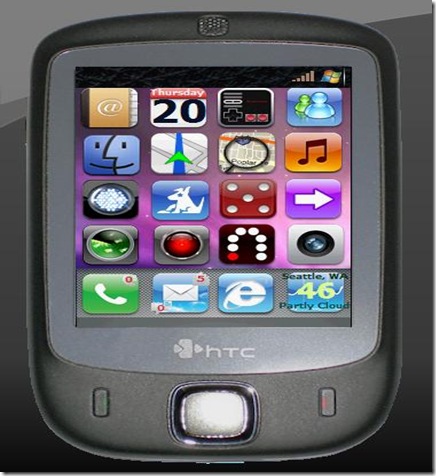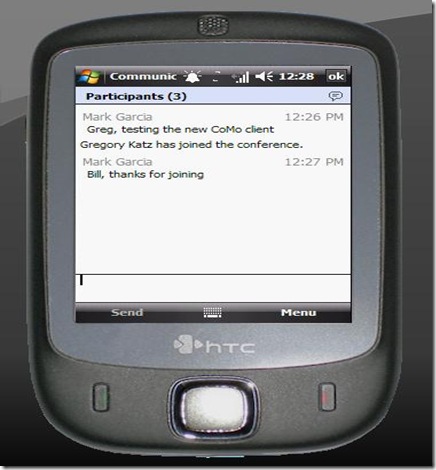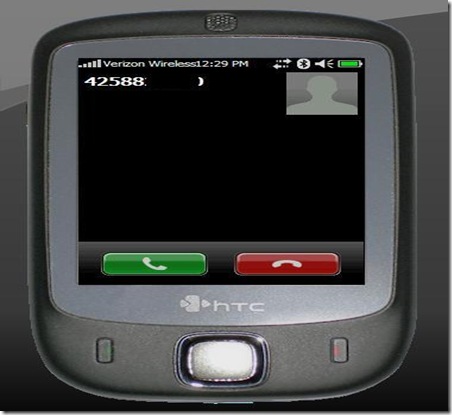What I like about OCS R2 thus far and some new R2 screenshots
I have been using the Office Communicator R2 beta builds internally for a few months and I have to say the OCS product team is doing a fantastic job thus far on it. A couple of things I really like right off the bat from an end-user’s perspective using R2:
1) Share Desktop Feature. This is so nice to be able to share you desktop for an ad-hoc meeting right from the Office Communicator client. No longer do you have to fire up LiveMeeting to do this. Very useful. Greg shared his desktop one time with multiple monitors and they both appeared. Very nice.
You can give control, add in voice, video with this as well.
You can also share your desktop from Communicator Web Access now. Mac and Linux folks can also join shared desktop sessions from their browsers.
Full screen desktop share with Communicator Web Access.
2) Full audio conference bridge capabilities
Directly from the OC client you can multi-select your conference party, right click and pick “Start a Conference Call” with “Communicator”. From the OC client, you can see who has joined your audio conference, you can delegate leaders, mute folks, take notes, etc. Additionally, you can invite others to the audio conference who are not in OCS by selecting “Invite by phone”
Below is your new view of an audio conference. You can see people join from UC endpoints and external PSTN phones and you can also see who is talking with an animated voice icon coming out of the active speaker. You no longer have to role call, per se. Very nice.
You can add non-OCS users to your audio conference bridge, ad-hoc:
This is the new Outlook add-in for R2 that has ‘Schedule a Conference Call”:
The scheduled audio conference invite looks like this:
If you click ‘Join using web browser’ as a Guest, you can use voip and no phone needed. This is a nice feature for international attendees who don’t have an OC client.
From Communicator Web Access, you can also join audio conferences by specifying a phone to call:
The fact OCS R2 has audio conferencing built in now allows schools to get rid of their 3rd party audio bridge which means there is going to be a great ROI for this feature alone. As I stated before, we look to save around $4 million dollars per year in Microsoft by eliminating 3rd party audio conferencing and using just OCS audio conferencing.
3) Improved Audio quality and VGA/HD support, overall fit and polish.
R2 has improved voice audio quality. My UC VOIP calls sound even better now and voice calls connect even faster. It also has better UC device integration.
I also acquired an HD laptop video camera and I can now broadcast video in full HD using the OC client. I wonder if there will be push back like the newscasters who didn’t like broadcasting in HD at first. :)
The overall fit and polish of the R2 communicator client is very nice. You can now have conversations which are shadowed so you can distinguish between your typing and others along with a timestamp with each IM post. You can also see a top level summary of who you are IMing with if you have many IM sessions open at the same time. Very nice.
4) I use the new R2 Communicator Mobile Client (CoMo)
The R2 client here is a nice update as it has vastly improved battery life, the ability to do multiple party IM sessions, and Single Number Reach capabilities:
My XV6900 custom home screen I made with CoMo icon upper right corner:
Multiparty IMs
Single Number Reach:
When you click to call someone from the CoMo client it sends a request to OCS which establishes the call with the endpoint and calls you back in the process. This feature provides one half of the single number reach story, since your UC phone number is listed on the dialed user’s caller ID vs. your mobile phone number. In certain parts of the world (Europe, etc), this process would save cellular minutes used since OCS is calling you and bridging the outbound dialed call.
The other half of single number reach is where you configure inbound OCS calls to simul ring or forward to your cell. One advantage of single number reach is you no longer have to publish your cell phone on business cards or in your email signature for example (I removed mine).
5) Group Chat is going to be heavily used
This feature is just starting use internally but I have a feeling this will change the way we collaborate especially with things such as discussion aliases. To no longer have to subscribe to 100s of emails a day on one technical distro list for example, you would just subscribe to a chat channel, read what you need, search for what you need, and post what you need. This will free up my inbox hopefully.
I hope this gives you a first taste of OCS R2 as I use it thus far. We will have much more R2 goodness coming in future posts.






